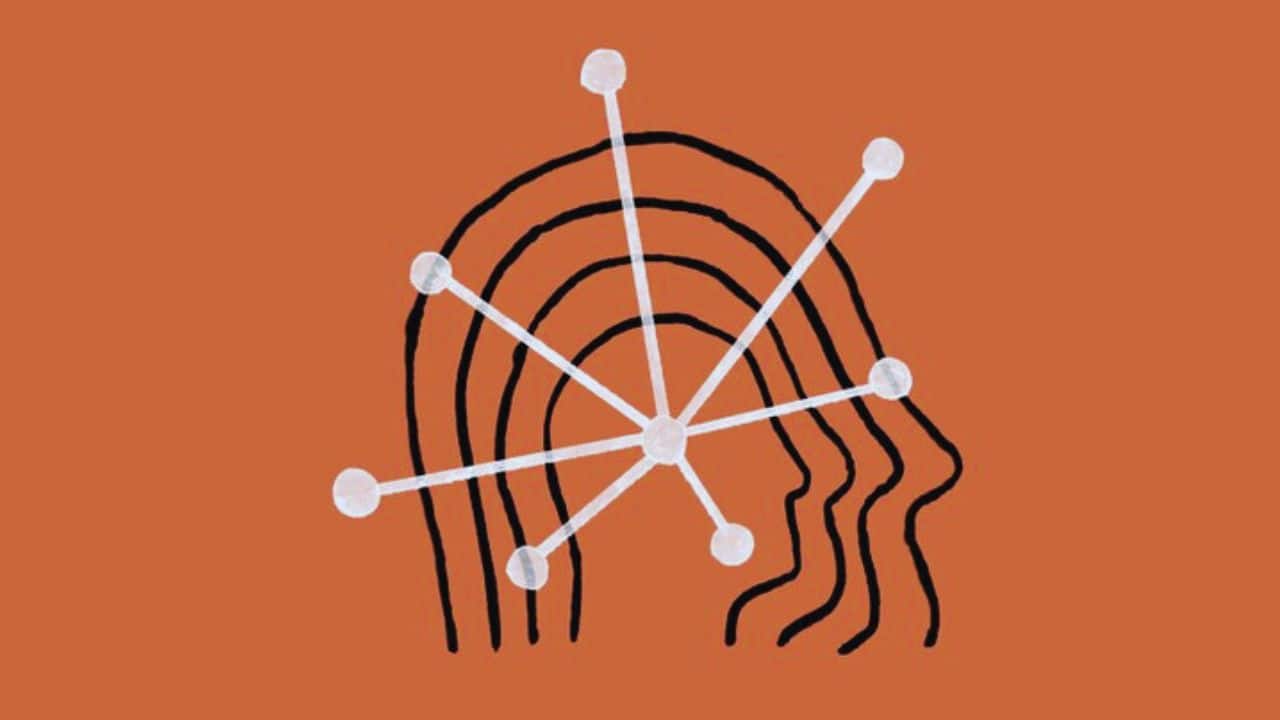As the world of AI evolves, Google appears to be working on a new feature for its chatbot to make it more adaptive.
According to 9to5Google, the corporation is working on adding “Memory” to its artificial intelligence conversational software, Bard. Google will allow users to specify new preferences for the AI to follow when responding to inquiries or prompts via the new Memory page that will accompany the functionality.
The first look revealed an introduction page with the following example preferences: “I try to avoid eating meat,” “I have 2 kids,” and “please give shorter responses.” These examples, which are similar to those that users will eventually generate, can be applied to a variety of situations involving food discovery, travel, or finding something exciting to do on the weekend.
While not shown, it’s very likely that the firm will allow customers to erase their AI preferences from the Memory page in the left-hand side menu.
Furthermore, if you choose to use Memory, the function will be toggled in the sidebar on Bard’s main page. If you don’t want a tailored response, clicking it will remove the need for the chatbot to follow your established preferences.
It’s not clear how long we’ll have to wait for Memory to appear on the AI’s dedicated page.
Google’s Bard may not have the best memory (pun intended), but this new preference feature should eliminate the need to continuously remind it of who you are or your situation. As a result, the corporation has begun to move toward getting more personal with its AI chatbot via Extensions.
Google said two weeks ago that Bard may now integrate with a user’s Gmail, Maps, YouTube, and other apps from its app ecosystem. If you enable it, a question you’ve put to Bard may draw on your most recent emails or documents in Drive to deliver an answer.
Furthermore, the business appears to have huge plans for Bard and Google Assistant, as both will be “deeply integrated” with one another in the future.





































